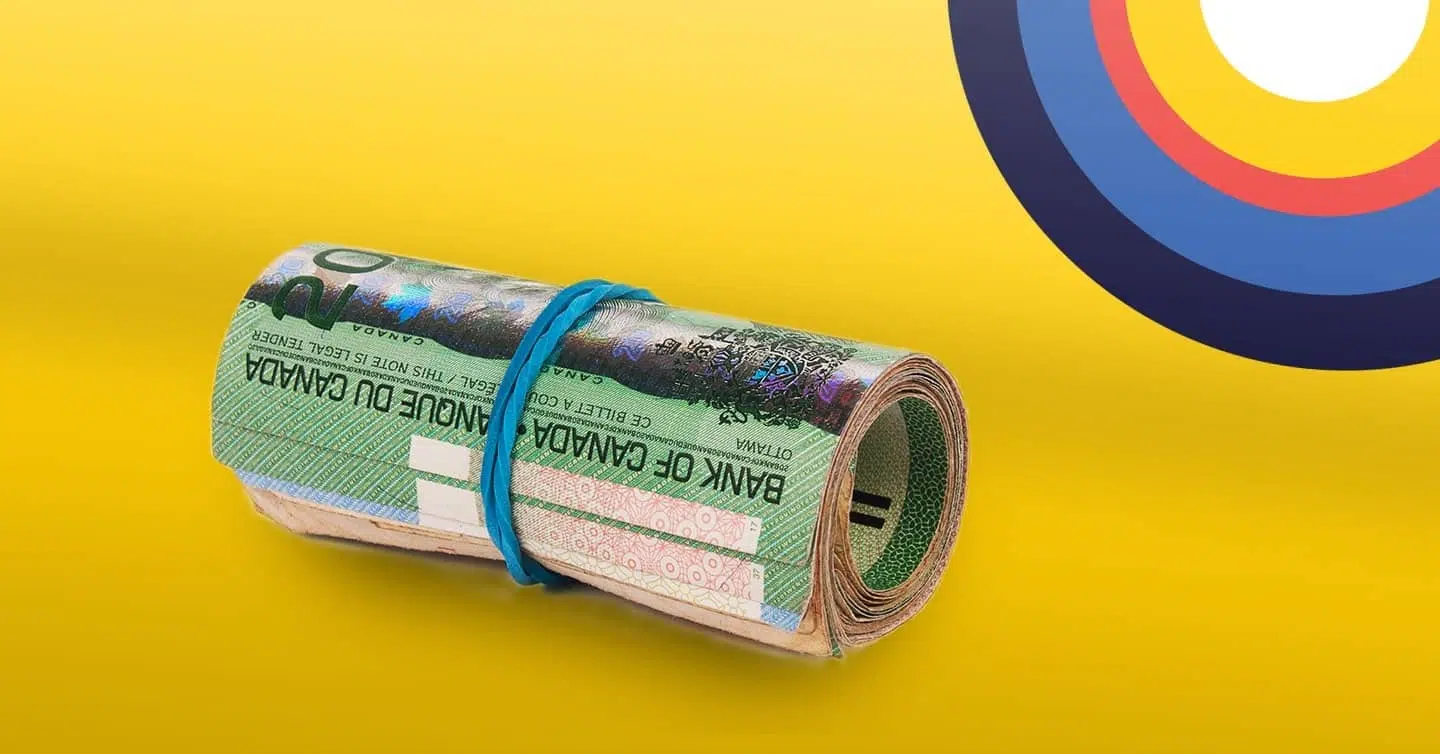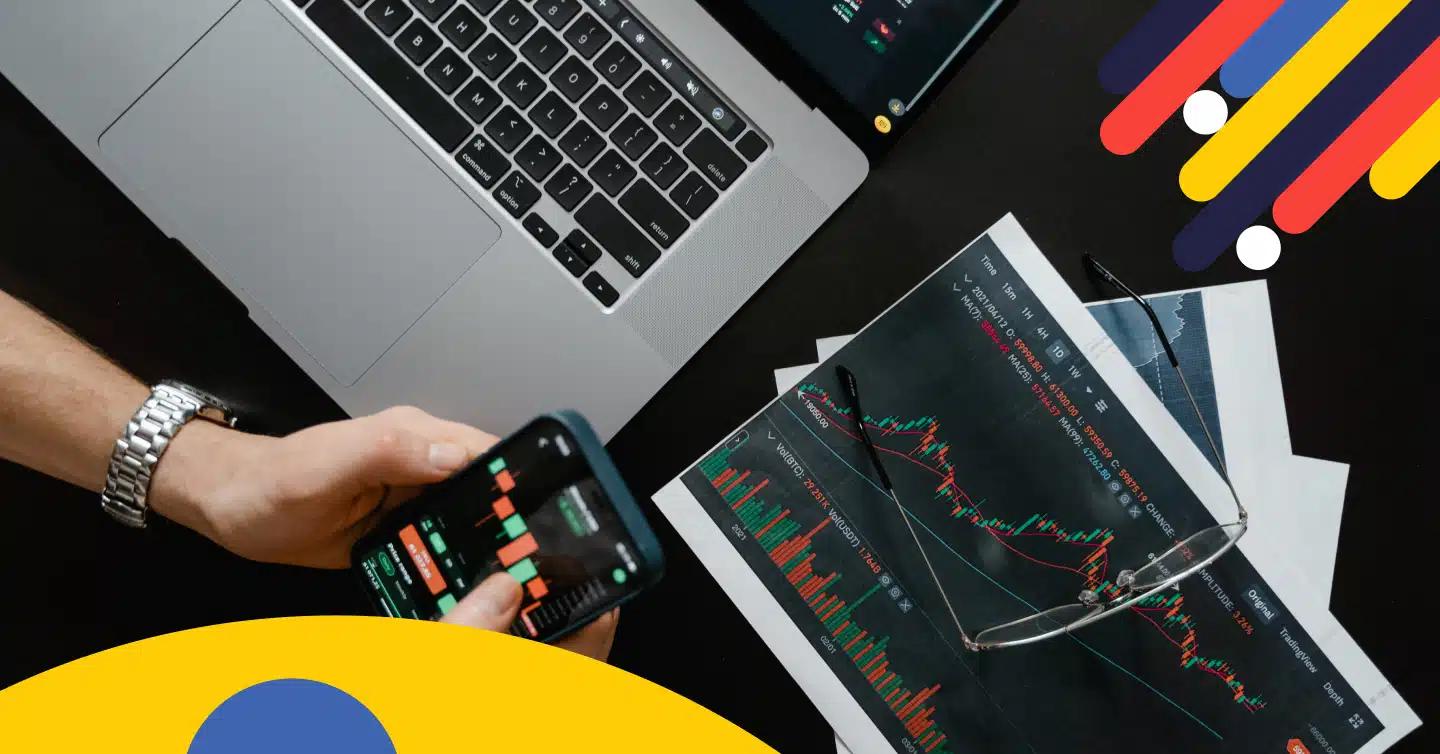Your Down Payment Options When Purchasing a House

Table of contents
Saving for a down payment can be one of a first-time homebuyer’s biggest struggles. Fortunately, several programs and options are available to help get you into your new home and start building equity sooner.
Down payment sources are broken down into two categories: traditional and non-traditional. In this blog post, we’ll explore the various methods of saving these funds and discuss what kind of restrictions might apply. Many choices are available today to help you realize your dreams of homeownership.
Key Highlights
- Down Payment requirements for a home in Canada range from 5% to 20%. The amount you need to put down will depend on the purchase price.
- Traditional down payment options include savings, investments, RRSPs, gifted funds and sales proceeds from another property.
- Non-traditional down payment options include borrowed funds, rent-to-own and lender cashback incentives.
How Much Down Payment for a House Do You Need in Canada?
The down payment required for a home depends on the purchase price. Homes with a purchase price of $500,000 or less will require a minimum down payment of 5% of the purchase price. Homes with a purchase price between $500,000 and $1,499,999 require a minimum of 5% down on the first $500,000 and then a minimum of 10% on the remaining amount. Homes with a purchase price of $1,500,000 or more require a minimum 20% down payment.
The best mortgage rates can be obtained when you put 5% down (on the first $500,000 and 10% on the remainder). Contrary to popular belief, you won’t be offered the best rates by putting down 20% or more. You would need to put down at least 35% or more to get slightly better rates than with 20%, but it still won’t measure up to the rates offered for those that have less than 20% to put down.
You don’t need to delay your homeownership dreams by aiming for a 20% down payment. The housing market and inflation may outpace investment returns, and government regulations like the mortgage stress test can make qualifying for a mortgage even harder.
What Are the Traditional Down Payment Options?
There are several traditional down payment options. Here’s a quick overview of them:
- Savings/Investments
- RRSPs
- Non-repayable gift from an immediate relative
- Proceeds from the sale of another property
Now that you’re familiar let’s dive into each more in-depth.
Savings/Investments
Most buyers use savings or investments as the source of their down payments. Typically, lenders will require a 90-day history or statements (to confirm ownership) from your bank to prove the gradual accumulation of assets.
Note: Lenders are not limited to a 90-day deposit history as they may request additional details to satisfy source of funds due diligence requirements.
You can take advantage of a TFSA, setting aside money tax-free to save for your down payment. If you were 18 or older in 2009, when the TFSA was first introduced, your contribution room grows yearly even if you do not file income tax or open a TFSA. If you turned 18 after 2009, your contribution room starts in the year you turn 18 and accumulates every year after that.
Here is a breakdown of the TFSA dollar limits for each year since its inception.
| Year | Annual Contribution Limit |
|---|---|
| 2009-2012 | $5,000 maximum |
| 2013 and 2014 | $5,500 maximum each year |
| 2015 | $10,000 maximum |
| 2016-2018 | $5,500 maximum each year |
| 2019-2022 | $6,000 maximum each year |
| 2023 | $6,500 maximum |
| 2024-2025 | $7,000 maximum each year |
The newly introduced FHSA is another great way to save for a down payment and was designed solely to help Canadians save money to purchase a home. If you meet this type of account requirements, you can save up to $8,000 a year to a maximum of $40,000 on a tax-differed basis. This account is a registered plan that allows first-time homebuyers to build up savings while also providing the benefit of reducing taxable income in the year the money is contributed.
It’s important to note that the FHSA has many more restrictions than a TFSA or other traditional savings accounts. If you don’t purchase a home within 15 years of opening the account, the money is transferable tax-free into your RRSP. If the money is withdrawn for any reason other than to purchase a home, it will be taxed at your marginal tax rate in the year it is withdrawn.
RRSP
Next are RRSP withdrawals under the Home Buyers’ Plan (HBP). This program enables first-time homebuyers to borrow up to $60,000 from their RRSPs ($120,000 as a couple) for a down payment.
This is a tax-free, interest-free loan. Funds must be repaid over 15 years (annual payments of one 15th of the total amount are required). There is a temporary 5-year up from 2-year break to adjust to your new homeownership obligations before repayments are required. Another stipulation is that the funds must be in the RRSP account for a minimum of 90 days prior to being withdrawn for HBP use.
Gifted Down Payments
Rounding out the top three popular down payment sources is a gifted down payment option. Lenders have stringent guidelines for this type of down payment. The gift must come from an immediate family member—those considered next of kin are limited to parents, grandparents, and siblings. These funds must solely be given as a gift that’s not expected to be paid back.
A gift letter signed by all parties attesting that the money is a gift that is not expected to be paid back is used to confirm the funds are not part of a loan. Confirmation (bank statement and copy of transfer instruments such as cheque, draft, or wire payment) proving the funds have been deposited into the buyer’s account is also required.
Proceeds From The Sale Of Another Property
Proceeds from selling another property can also fund your down payment when purchasing a home. As long as the purchase is completed at the same time or after the sale of your existing property, you can show proof of sale through the sale agreement and the mortgage statement at the time of payout. Additionally, your solicitor will issue a statement of adjustments that will detail the disbursements. Whatever amount is shown as leftover from the sale of your current home is the money you can use towards your next home purchase.
Mortgage payment plans aren’t meant to be one-size-fits-all.
Chat with a nesto mortgage expert & get a mortgage payment fit to you.
What Are Non-Traditional Down Payment Options?
Here’s a quick look at the non-traditional options available for down payments:
- Borrowed funds (line of credit, credit card, personal loan or family member loan)
- Rent-to-own payments above market rent
- Lender cashback incentives
Non-traditional down payment options are typically only acceptable for borrowers with favourable credit and solid repayment history.
Borrowed Funds
You can borrow some money for your down payment in most cases as long as you can provide the required minimum funds from your cash/investments first. The minimum is 5% on homes valued at or less than $500,000, 10% between $500,000 to $1,499,999 and 20% on homes over $1,500,000.
The repayment of borrowed funds must be included in the total debt service (TDS) calculation. TDS is the percentage of income needed to cover housing costs (principal, interest, taxes and heat) plus any other monthly obligations (payment towards credit cards, lines of credit, personal loans, vehicle financing/leasing, and spousal/child support if applicable).
Rent-To-Own
Rent-to-own is a type of housing agreement that enables you to rent a home with the added benefit of being able to purchase the property. The tenant’s rent contributes toward their eventual down payment and is referred to as rent credits. The rent on a rent-to-own agreement has an added premium to help build up part of the down payment towards the purchase at the end of the agreement. During the rental period, and once the agreement is fulfilled, the tenant has the option to purchase the property. This can be done either directly through your landlord or a rent-to-own company. The going concern with this kind of agreement is that the borrower may not pass the source of funds due diligence on their down payment as it is saved in the name of and with the seller.
Lender Cashback
Lender cashback is another source of non-traditional down payment. The purpose of this program is to assist buyers using a substantial amount of their saved assets to purchase a home but who could benefit from more cash to pay down debts or to add to their down payment. Both options would lower the borrowers’ TDS ratio, making their monthly obligations more manageable.
While this option is not to be directly used as a down payment, it can free up more funds by covering out-of-pocket expenses such as closing costs and lawyer/notary fees. With a cashback mortgage, a percentage of your mortgage principal is returned to you in a lump sum when your mortgage closes. The most popular cashback amount is 5%, but different lenders offer cashback options ranging from 1% to 7%, usually tied to the interest rate you’re charged on your mortgage.
The cashback amount is added to your total mortgage and amortized over your term. If you break your mortgage before your term ends, you’ll be required to pay your cashback on a prorated basis plus any mortgage penalty for the remaining term.
Explore nesto’s cashback offer today! >
Frequently Asked Questions
What is the minimum down payment required to purchase a home in Canada?
The minimum down payment is based on the value of the property. Homes valued at $500,000 or less require a minimum 5% down payment. Homes valued between $500,000 and $1499,999 require 5% down on the first $500,000 and 10% on the remainder. Homes valued at $1.5 million or more require a 20% down payment.
Are government incentives or subsidies available for first-time home buyers in Canada?
There are many first-time homebuyer incentives available to Canadians. Some of these vary by province or municipality, so it’s important to research what is available to you in the area you plan to purchase.
Is it possible to get a cashback mortgage in Canada?
Yes, it is possible to get a cashback mortgage in Canada. Though it’s important to note these types of mortgages may come with higher interest rates, they are also only available through fixed-rate mortgages.
Final Thoughts
Many homeowners choose to use their savings or investments towards their down payment, but other options are worth exploring. Blending traditional and non-traditional down payment options or exploring other lesser-known options, like rent-to-own, can help lessen the burden of coming up with a significant down payment.
Have questions about your down payment options? Answers are just a phone call, email or a few clicks away from one of our commission-free mortgage experts.
Ready to get started?
In just a few clicks, you can see our current rates. Then apply for your mortgage online in minutes!















